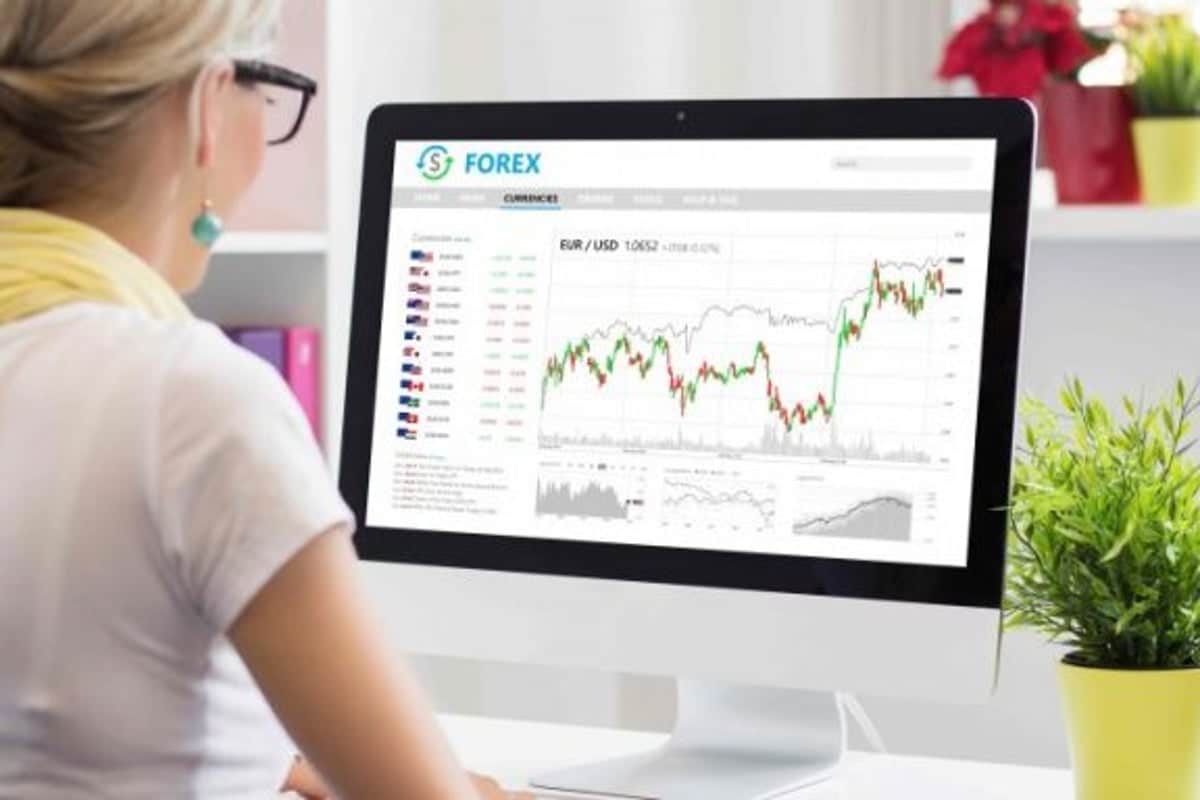In the fast-paced world of forex trading, day traders consistently seek reliable strategies to capitalize on market movements. An essential tool in the forex day trading arsenal is the use of moving averages. This technical indicator is instrumental in analyzing price trends, helping traders make informed decisions on when to enter or exit trades. For both seasoned day traders and those new to the trading arena, understanding how to effectively utilize moving averages is pivotal for developing a robust trading strategy.
What are Moving Averages?
Moving averages serve as a critical technical analysis tool designed to smooth out price action by filtering out the market noise from random price fluctuations. By taking the average price of a currency pair over a selected period and employing various calculation methods, such as the simple moving average (SMA) or the exponential moving average (EMA), traders can adjust the period based on their trading preferences and style. While moving averages are valuable for identifying trends, potential reversal points, and support and resistance levels, they should not replace other factors in trading decisions.
Types of Moving Averages Used in Forex Trading
The derivation of moving averages can follow several methods, each with its specific application and sensitivity to price movements.
Simple Moving Average (SMA)
The SMA is the most straightforward type of moving average, calculated by averaging the closing prices of a currency pair over a set period. It is used to determine general trend direction, offering insights into support and resistance levels and potential trade entry and exit points.
Exponential Moving Average (EMA)
The EMA assigns more significance to recent prices, enhancing its responsiveness to short-term price changes. This sensitivity makes the EMA a preferred choice for short-term traders looking for timely indicators of market movements.
Weighted Moving Average (WMA)
By emphasizing more recent prices through a linear weighting, the WMA offers a different degree of sensitivity to market changes, positioned between the EMA and SMA in responsiveness.
Smoothed Moving Average (SMA)
This variant applies a smoothing technique to minimize the impact of price volatility, generating a stable indicator that aids in identifying market trends and opportunities with greater clarity.
How are Moving Averages Used in Forex Trading?
Primarily, moving averages are implemented to identify market trends. However, their versatility extends to various other applications.
Identifying Trends
Traders apply moving averages over different periods to gauge short-term, medium-term, and long-term market trends. Correct interpretation of these trends using moving averages can significantly clarify market direction through the price noise.
Identifying Support and Resistance
Moving averages can also pinpoint potential areas of support and resistance, highlighting opportunities to engage with the trend efficiently.
Creating Crossover Signals
Crossover signals are generated when a faster-moving average crosses a slower one, indicating potential market entry or exit points based on the identified uptrend or downtrend.
Strategies for Using Moving Averages in Forex Trading
Adapting different types of moving averages enables the development of tailored trading strategies to suit various market conditions and trading styles.
Long-Term Trading with SMA
Utilizing a more extended timeframe with the SMA helps determine market direction. Signals for buying or selling are identified when the short-term SMA crosses the long-term SMA, indicating upward or downward trend shifts.
EMA Strategy for Scalping
A popular short-term trading approach, scalping with the EMA, focuses on capitalizing on minor price changes. This strategy demands rapid decision-making and adept risk management to navigate potential false signals effectively.
WMA Strategy for Day Trading
The WMA strategy is tailored for intraday trading, employing the sensitivity of the WMA to immediate price data in identifying trade entries and exits during the trading day.
SMA Crossover Strategy
This strategy leverages the crossing of SMAs of different periods as signals for potential trades, demonstrating the versatility of moving averages in crafting multiple trading approaches.
Mastering Moving Averages: Your Key to Successful Technical Trading
Moving averages stand as a widely-utilized and effective tool in the day trader’s toolkit within the forex market. By selecting appropriate moving average types and integrating them into a comprehensive trading strategy, traders can enhance their ability to discern trends, set entry and exit points, and manage risks. However, it’s crucial to remember that these indicators should complement a broader analysis strategy, including other technical indicators and fundamental insights, to ensure well-rounded trading decisions.
Frequently Asked Questions
Is there a “best” EMA for forex trading? No singular EMA suits all trading strategies or timeframes. Traders typically experiment with various EMA periods to find the combination that best aligns with their trading approach and goals.
Which is more effective, SMA or EMA? Both types have their unique strengths and can be integrated with other indicators for a clearer market analysis. SMAs may serve better as long-term indicators, while EMAs, due to their sensitivity to recent price movements, are often preferred for short-term trading strategies.
What is the best timeframe for day trading forex? The optimal timeframe for day trading depends on the individual trader’s style and preferences, with popular options including 15-minute, hourly, and daily charts.
